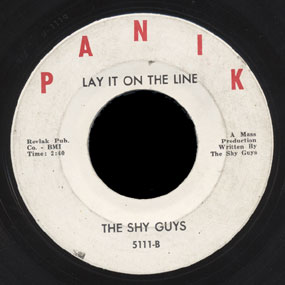The Magic Plants were a New York City group connected to Harry Lookofsky, owner of World United Studios.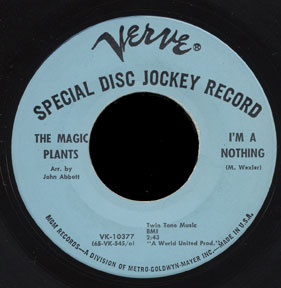
The only band members whose names I could find are Peter Schekeryk and Tom Finn, but since first posting this, Tom Finn contacted me to say that Mick Wexler was lead singer and also guitarist on the record. The band’s drummer was Warren David Scherhorst who became the first drummer for the Left Banke.
Finn stated in a later interview that he was just 16 at the time, not a good bassist yet, and only sang backup vocals on the record. Very likely then, at least some of the musicians on the record were studio pros. Contrary to prior publications, this record was never released with a World United label, but went straight to Verve in December ’65, making no impression on the public at the time.
While recording “I’m A Nothing”, Finn met Lookofsky’s son, Michael Brown, also just 16, who was working as an assistant at the studio. They started composing songs with Finn’s friends, drummer George Cameron and singer Steve Martin. Together they became the Left Banke, managed and produced by Harry Lookofsky.
John Abbott, who arranged this single, also arranged and played bass and guitar on several early Left Banke recordings done within a couple months of the Magic Plants record. This leads me to believe there’s a good chance that he played bass on “I’m a Nothing”. I had thought maybe Hugh McCracken (another local studio pro) played guitar – though Tom Finn says he did not.
The b-side here, “I Know She’s Waiting There”, hints at something of the future Left Banke sound, and also has a beautiful fuzz guitar solo. Harry Lookofsky, by the way, also recorded interesting jazz discs and provided backing for doo-wop groups under the name Hash Brown and His Orchestra. John Abbott was involved in some of these as well.
Peter Schekeryk passed away on October 26, 2010.
Tom wrote to me and also commented below, I’ve edited them together for clarity:
I think I can help you with this, as I was in the group. The lead singer of the group was Mick Wexler. The only thing I can tell you about him is, he was from an area of Philadelphia called Mount Airy. I don’t think his real 1st name was Mick, because he thought he was (Mick) Jagger.
I believe he wrote both songs. Harry Lookofsky did produce them. The reason it got onto a major label so quick is: 1. Harry’s reputation. 2. Longhaired bands were few and far between back then. 3. It was sort of commercial.
I didn’t play on the record, you are correct there. We also had a blond haired drummer named Warren David Scherhorst, who was the 1st drummer of The Left Banke. No photos exist of Warren or Mick.
When Warren & I Joined The Magic Plants, the records were already done. There was no group, just Mick. But he had to put something together, because he needed to act as if there was a group.
So we got together and Mick planned a few shows. He booked us in Philly, at some movie houses that were owned by a relative of his, named Nate Milgram. I think it was called, The Milgram Theatres.
You’re right about John Abbott [playing bass on the Magic Plants 45]. Hugh McCracken didn’t play guitar on The Magic Plants recordings. I remember seeing Mick Wexler playing guitar, he was actually a pretty good guitar player.
Peter Schekeryk was Harry’s talent scout, and I think he brought Mick to Harry. Harry Lookofsky was always on the lookout for talent to record so he could make some dough. Nothing wrong with that, right? So one day Peter took Warren and I up to meet Harry. But, I can’t recall how I met Mick or Michael. Probably at the studio. Or maybe in Greenwich Village.
Back then, we just wanted to be in a band. It was pretty sick, but we all had long hair and wanted to be like The Stones or Beatles. I think I just turned 16. I was a good singer because I’d been in doo-wop groups in Brooklyn for a few years. So the new culture was pulling us in. We were learning how to live our lives, we didn’t know what we wanted to be, but we knew what we didn’t want to be, Old fashioned greasers. Those bands were speaking our language.
By the way, I was responsible for putting together the elements and members of The Left Banke. I met all of the members separately and introduced all of them to each other. I lost power in the group after “Walk Away Renee” became a hit. The money started to come in, and Michael Brown (then Lookofsky) and his father Harry made a power play to keep only the lead singer Steve Martin-Caro and fire the rest of us. Well it didn’t work. But it did destroy the trust and comradery we had. -Tom Finn
Does anyone have a photo of the group?


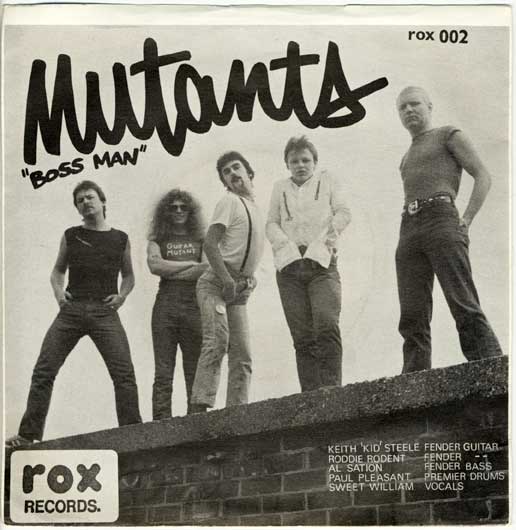
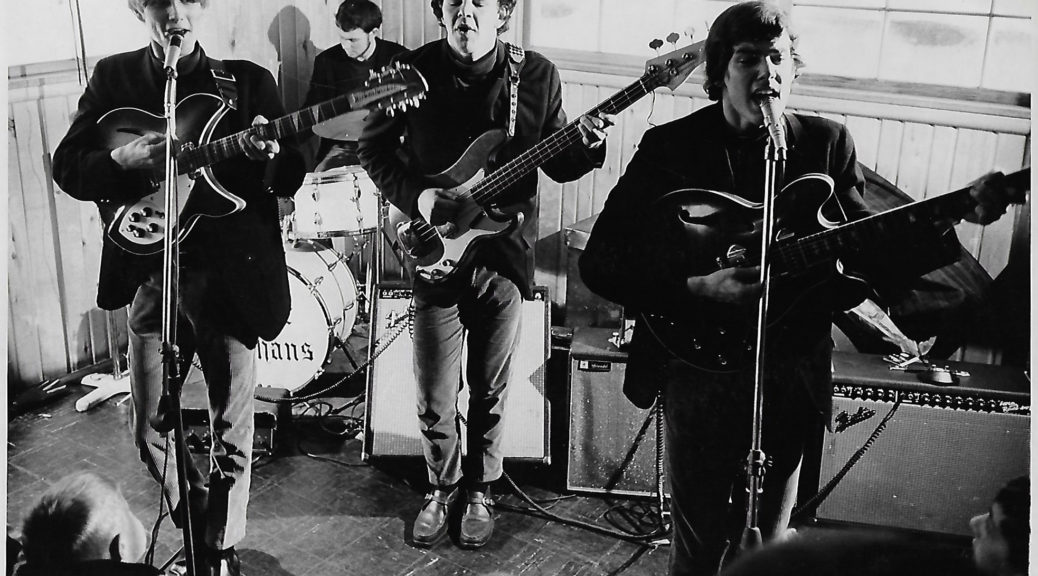
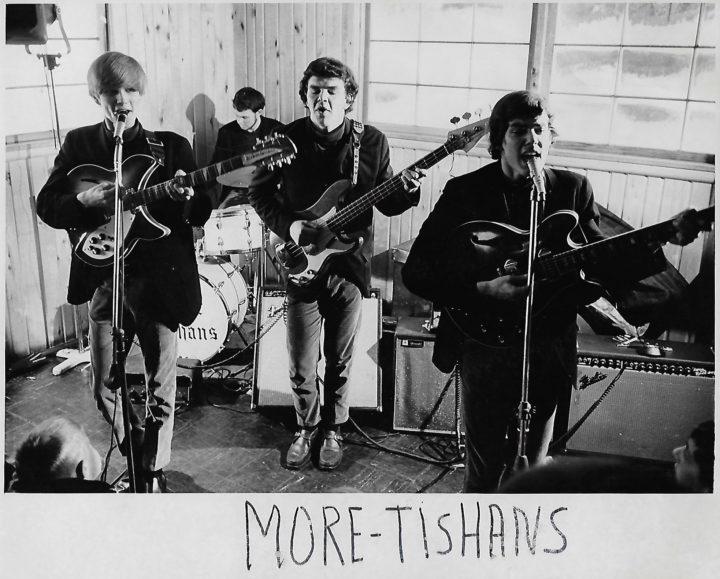
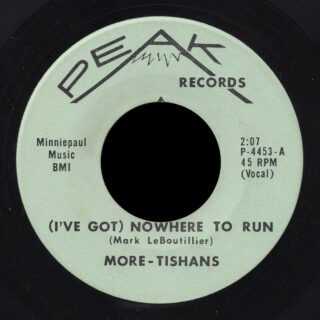
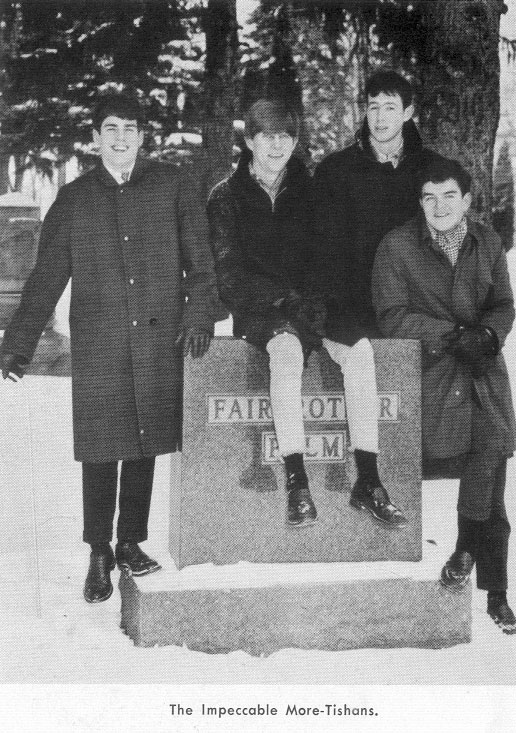
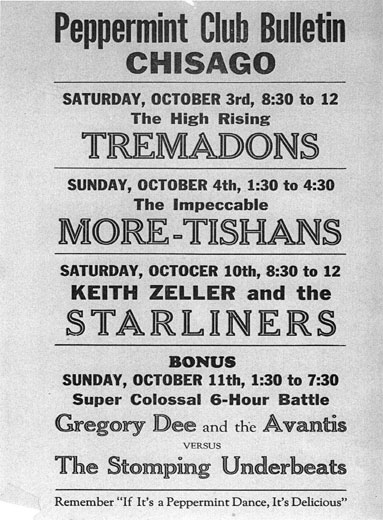
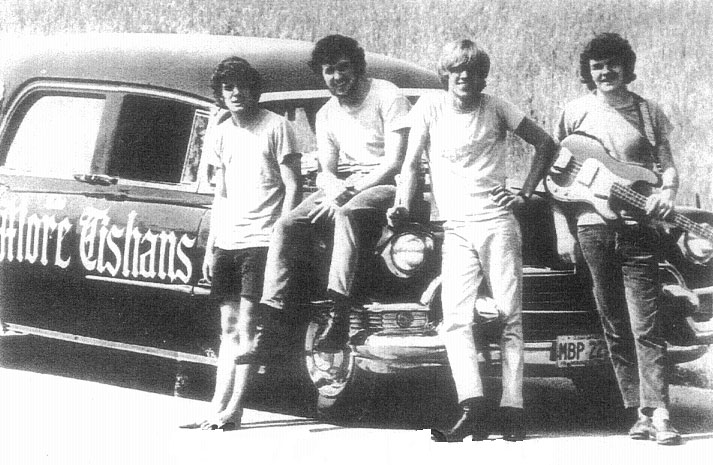
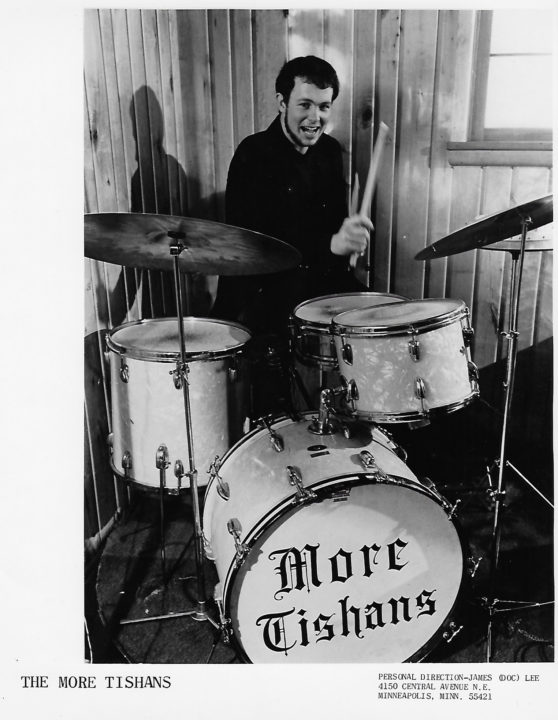
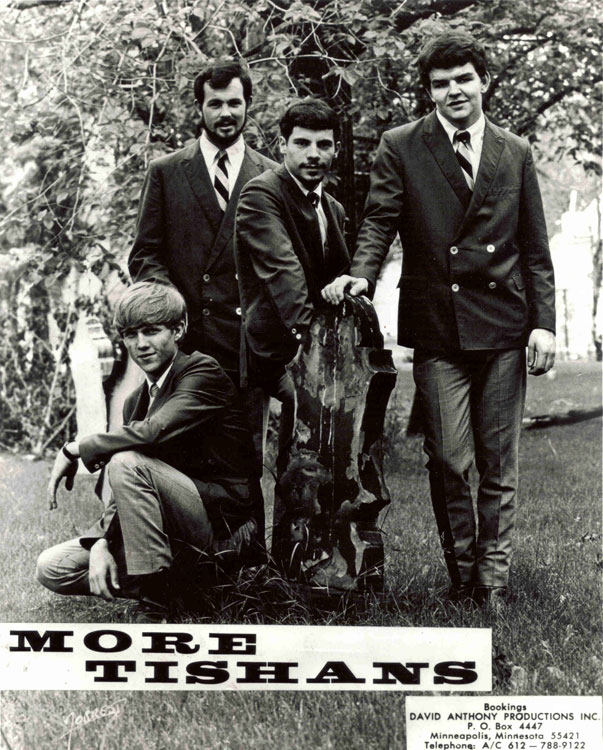

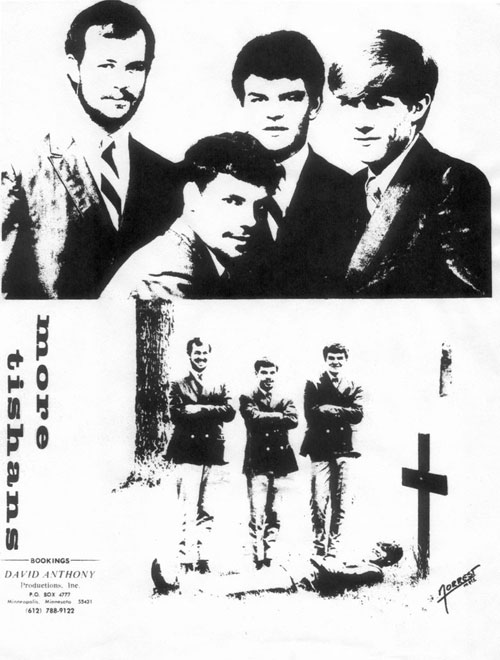
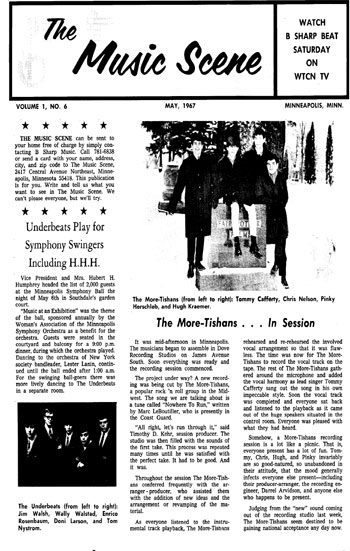
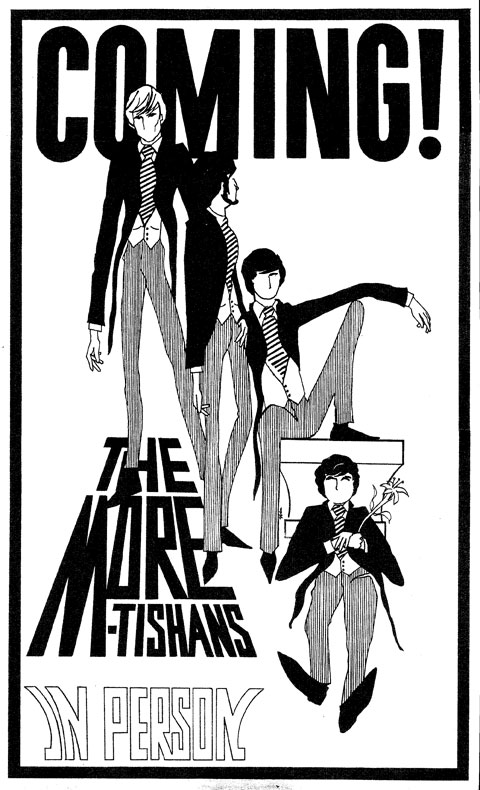
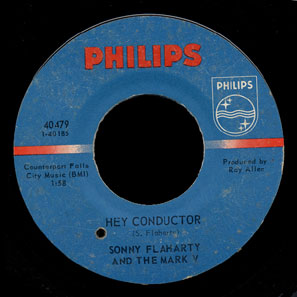
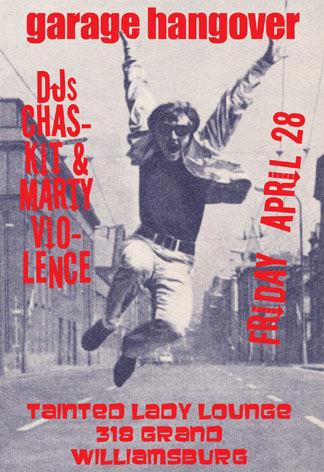
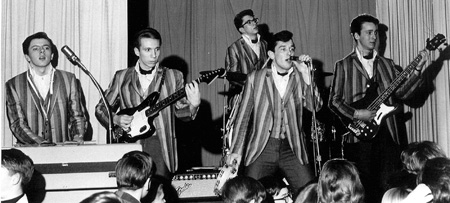
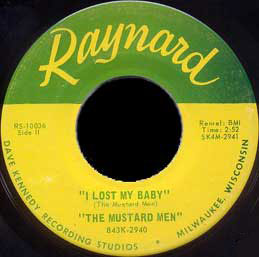
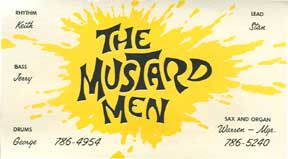
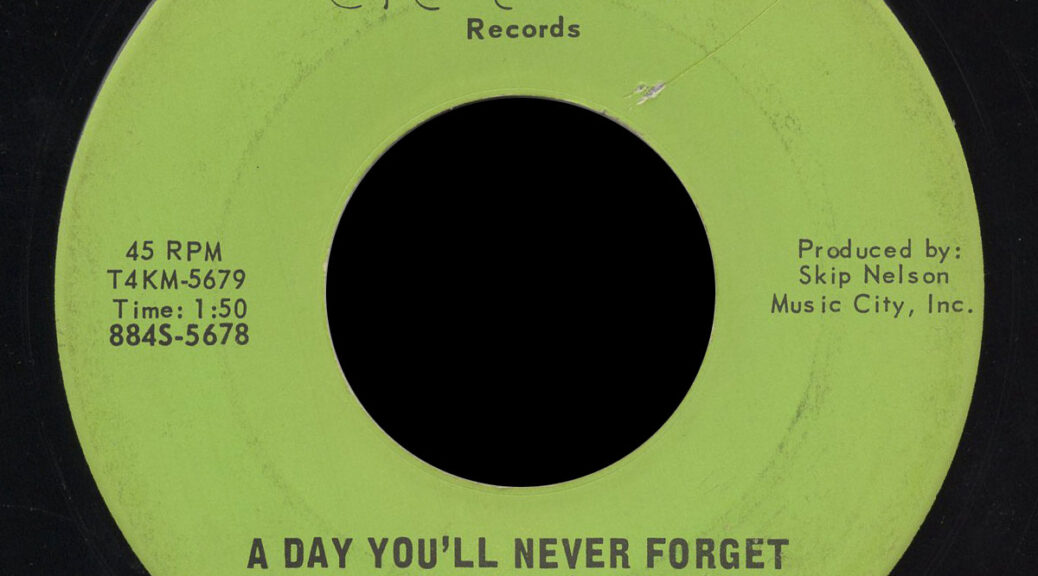

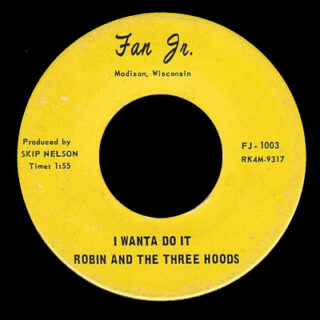
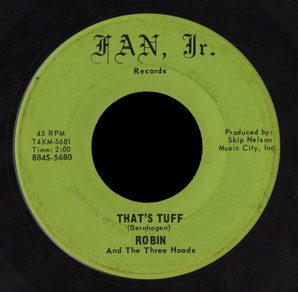
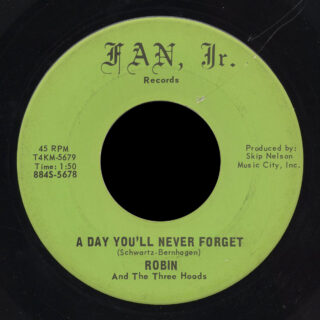

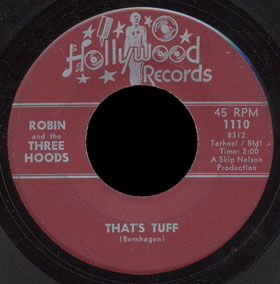 I’m the only member who continued to play professionally….I’m in an oldies band today,
I’m the only member who continued to play professionally….I’m in an oldies band today, 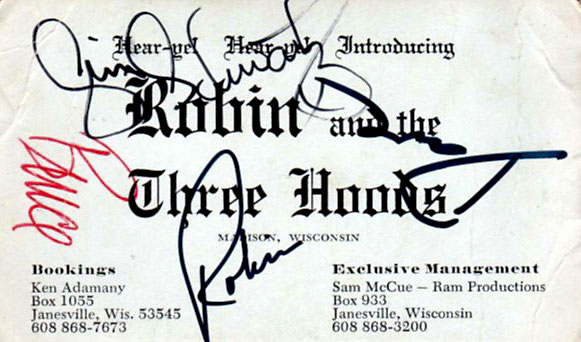
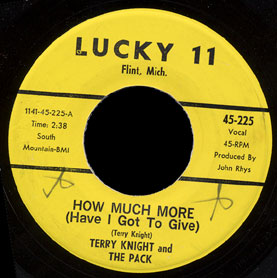
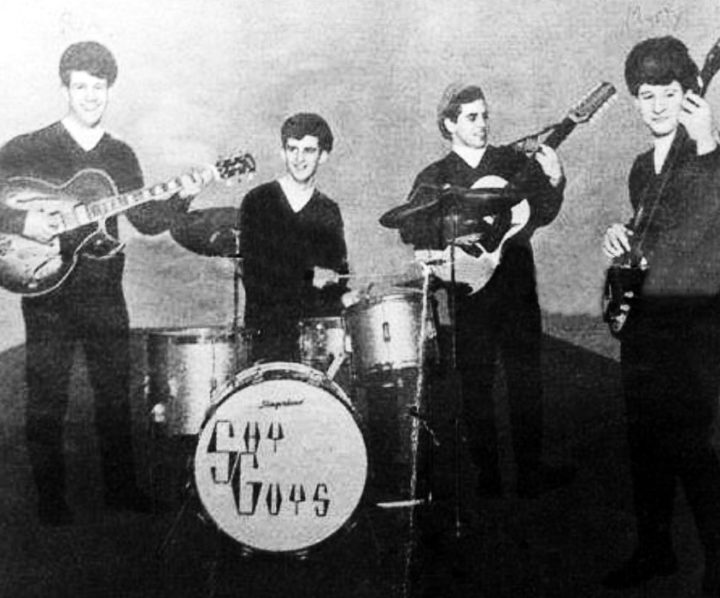
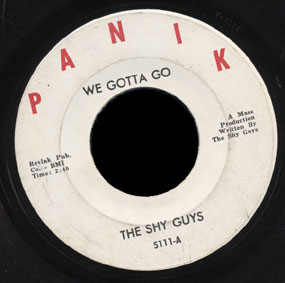 The Shy Guys from Oak Park, Michigan and their closest brush with fame was opening for a tour of the Dave Clark Five.
The Shy Guys from Oak Park, Michigan and their closest brush with fame was opening for a tour of the Dave Clark Five.